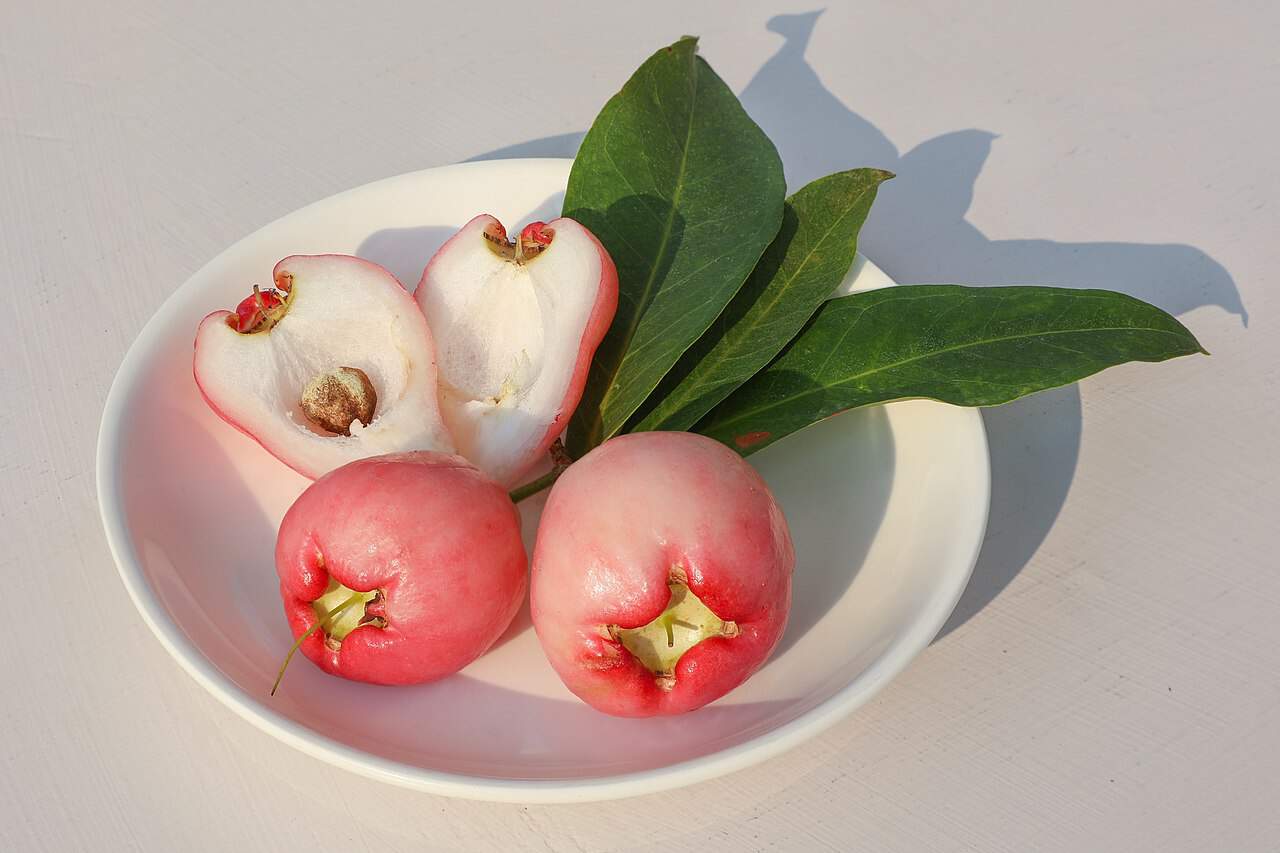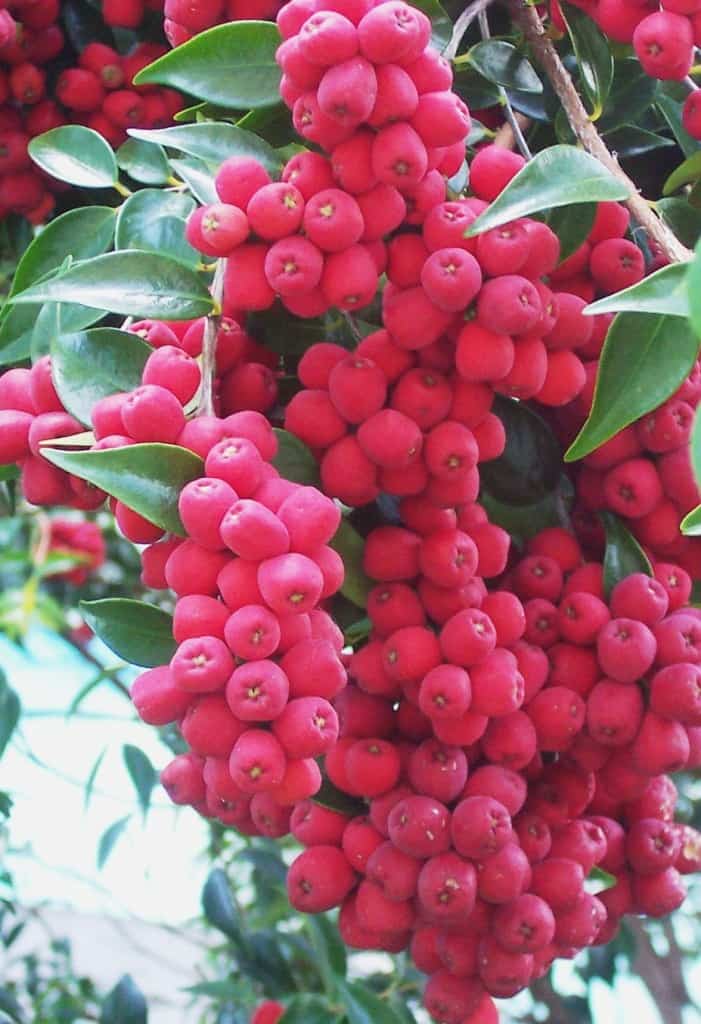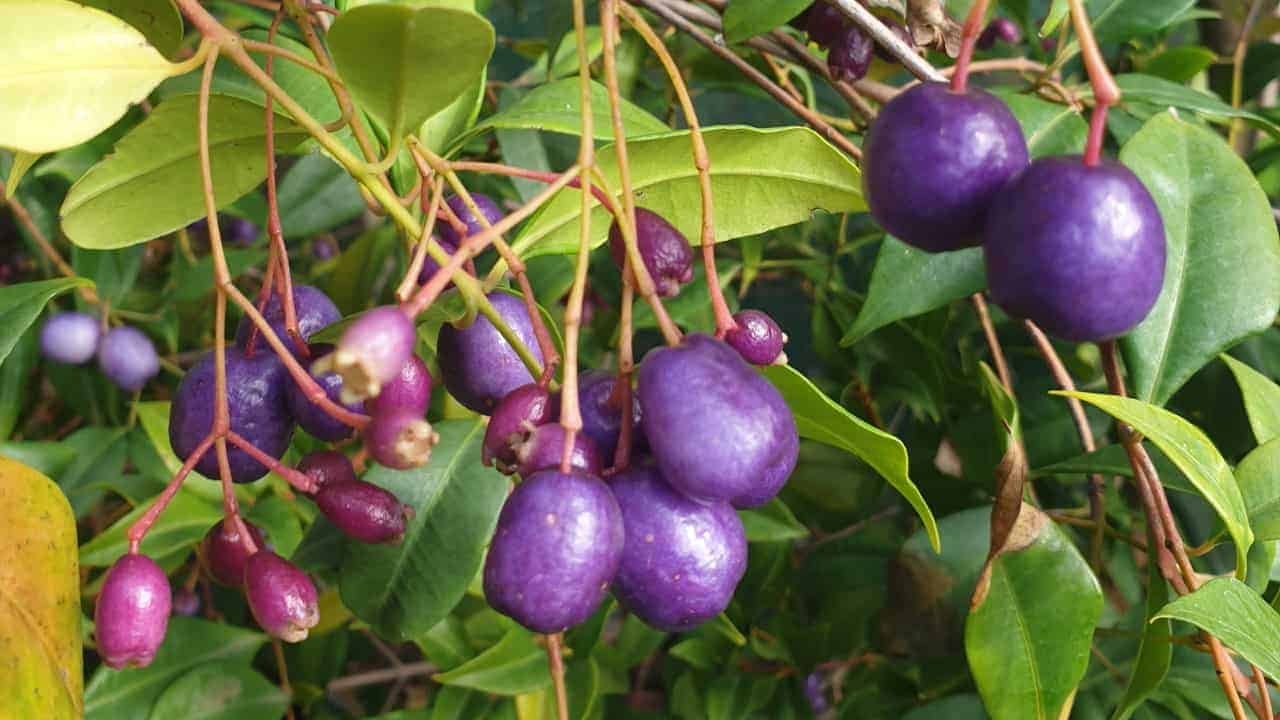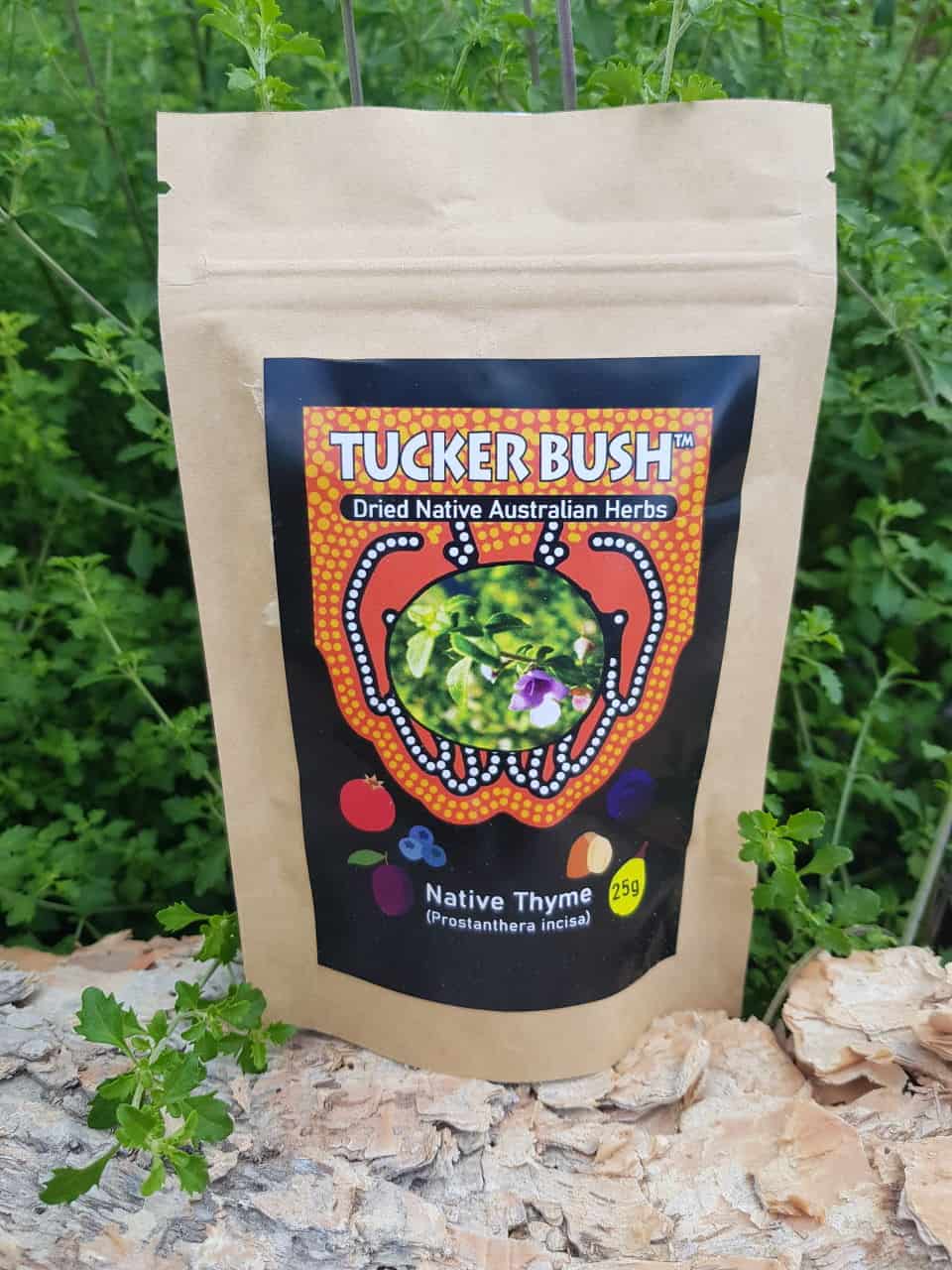Meet the Lilly Pilly, an edible native rainforest species that’s due to start fruiting any day now!
Lilly Pilly is one of Australia’s most popular native plants, encompassing a vast group of evergreen rainforest species. In Australia alone, you’ll find over fifty species of Lilly Pillies, which are also known as “brush cherries”, “satinash”, and Riberry (Syzygium luehmannii).
This group of flowering plants belong to the Syzygium genus, covering around 1200 flowering plants belonging to the Myrtle family. Syzygium species native to other parts of the world go by other names like waterbessie, Malabar plum, jaman, jambu, Java apple, waterberry, water apple, and atoto.
For best results …
Up to now, a well cared-for Lilly Pilly will have grown in rich, well-drained soils kept moist (ideally mulched) throughout the warm, dry season. If not, we don’t recommend transplanting your bush now that it’s on the brink of fruiting, but you can get a start on next season by improving the soil around it. Add clay and organic matter to sandy soil to increase both its water-retaining capacity and nutrient content, then feed with an organic slow-release fertiliser like Yates Dynamic Lifter or a controlled-release fertiliser like Osmocote.

Jambu (Syzygium samarangense) is a Southeast Asian cousin of the Lilly Pilly. Unlike its grape-shaped Australian counterparts, Jambu fruits are bell-shaped. Basile Morin, CC BY-SA 4.0, via Wikimedia Commons
A sweetly sour superfood
If you’ve walked around an average suburb between March and June, you’ve likely passed a Lilly Pilly hedge or tree laden with brightly coloured berries!
This prolific fruiter produces small, slightly tart “roseapples” with light apple-like flesh and a hard inner seed. Some species of Lilly Pilly fruit are today considered a superfood as they contain high levels of vitamin C, vitamin E, magnesium and potassium, with potential applications in the health, medicine, food and cosmetics industries.
Prior to this, Lilly Pilly has featured widely in traditional Aboriginal medicine for generation, used as a treatment for sore ears, wounds and skin conditions, and generally consumed as an immune system booster.

Riberry (Syzygium luehmannii) has been cultivated as a gourmet bushfood since the early 1980s. Poyt448 Peter Woodard, Public domain, via Wikimedia Commons
Popular Lilly Pilly species in Australia
Tucker Bush Cherry (Syzygium australe)
Compact, bushy and resistant to psyllids (a common Lilly Pilly pest), this variety is a hardy and fast-growing shrub, one of the most popular varieties in Australia. This species can be found in the Tucker Bush range.
Riberry (Syzygium luehmannii)
A prolific fruiter grown as a gourmet bushfood since the early 1980s. Its hot pink berries reportedly have “a tart, cranberry-like flavour with a hint of clove”. Riberry is the national fruit of Australia.
Blue Lilly Pilly (Syzygium oleosum)
This is a special Lilly Pilly species, producing blue-purple berries. It’s known as “wanduin” in the Gunaikurnai language. This species can be found in the Tucker Bush range.
Chinese Apple (Syzygium smithii)
Neither Chinese nor an apple, this species is an Australian native typically grown as a tree up to 20m in height. It occurs naturally in rainforest terrain in Queensland, New South Wales, and Victoria.

How to enjoy Lilly Pilly fruit
Fresh from the tree
Fresh Lilly Pilly berries are sweet and slightly tart, and refreshingly juicy. The name “water apple” is remarkably fitting, as the fruit texture resembles an apple, only less dense and more “watery”. Ripe berries come easily off the stem, and since Lilly Pilly has no thorns, harvesting fruit by the cupful makes an entertaining afternoon activity for bored and snacky children. Just watch out for the hard seed inside.
Make a Lilly Pilly jam
Lilly Pilly Jam is an easy use for a bounty of seasonal fruit, taking only a couple hours to make. According to Forage Byron Bay School of Preserving, all you need are a Lilly Pilly harvest, only boiling water, lemon juice, and a handful of flavouring ingredients.
Make Lilly Pilly Pickles
If you prefer eating your Lilly Pillies whole, try preserving the fruits instead. Our Pickled Lilly Pilly recipe, kindly donated by Warndu, covers the basic steps for the pickling process, storage recommendations, and sterilising your jars for long-term use.
Bake Lilly Pilly muffins
From Pip Magazine, this Lilly Pilly Muffins Recipe uses Lilly Pilly fruits stewed in sugar rather than blueberries and raspberries. It’s a delightfully seasonal summer and autumn treat featuring fresh Australian produce from your own backyard.
More recipes and bushfood inspiration
You can always check out our blog, our “Cooking with Bush Tucker” ebook, and the Cooking Friends of Tucker Bush Facebook group (make sure you agree to Admin rules) for more recipes and cooking inspiration.
References
- Syzygium. (2024, February 2). In Wikipedia. https://en.wikipedia.org/w/index.php?title=Syzygium&oldid=1202293836 Tucker Bush (2020, November 5).
- The Secret Lives of Native Australian Edible Plants. Retrieved February 12, 2024, from https://tuckerbush.com.au/the-secret-lives-of-native-australian-edible-plants/
- Syzygium luehmannii. (2023, August 28). In Wikipedia. https://en.wikipedia.org/w/index.php?title=Syzygium_luehmannii&oldid=1172729469
- Syzygium smithii. (2024, January 7). In Wikipedia. https://en.wikipedia.org/w/index.php?title=Syzygium_smithii&oldid=1194196620




